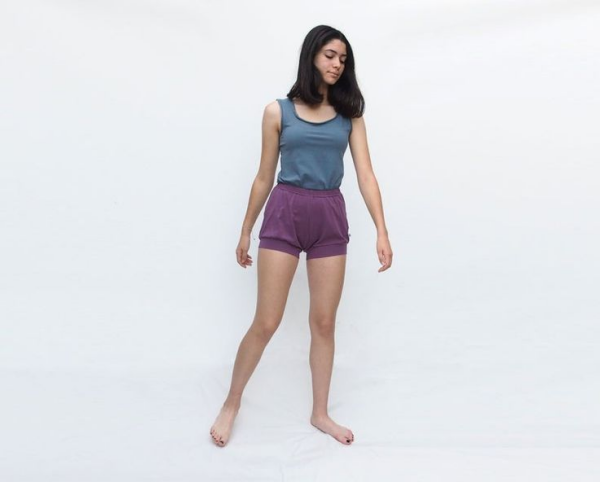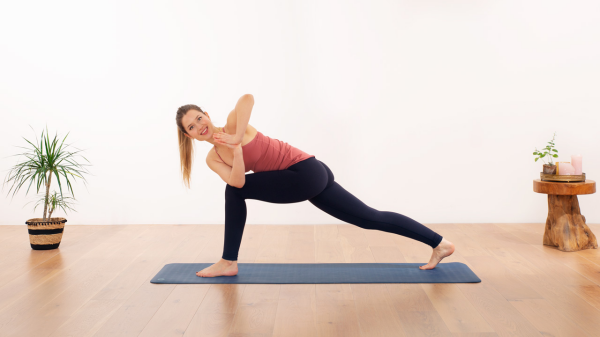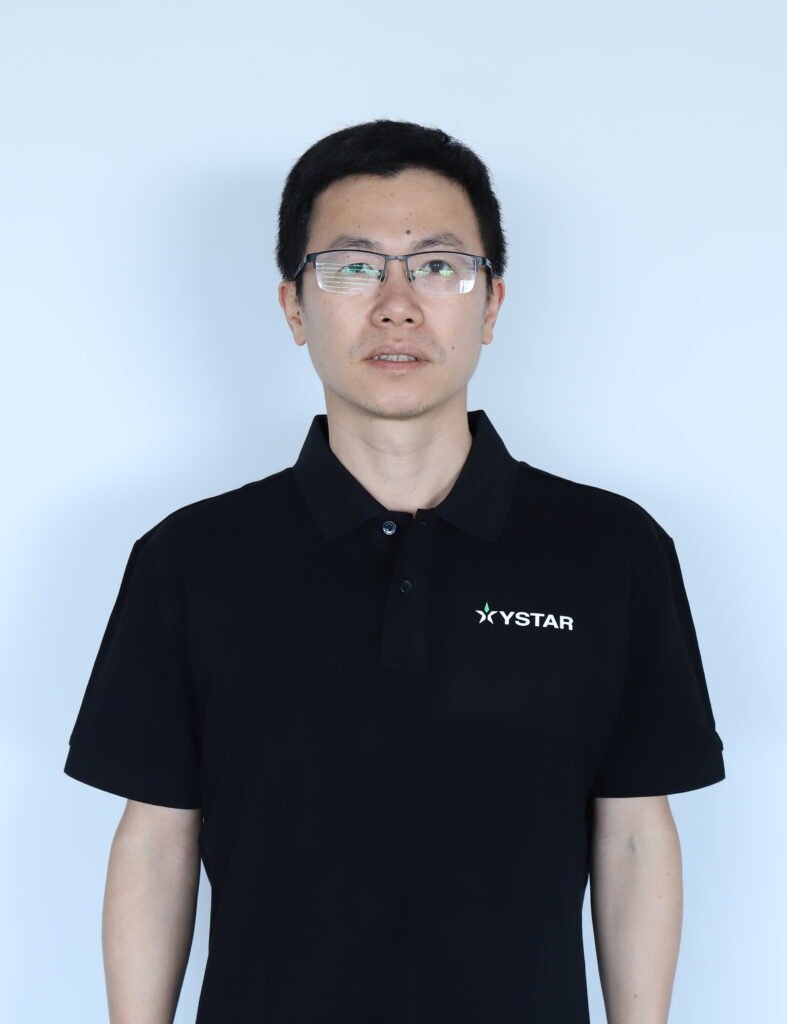As a result of yoga’s meteoric rise in popularity across the globe, there has been a corresponding rise in the demand for yoga attire that is appropriate for the practice. The many kinds and designs of yoga gear that are designed to accommodate a variety of yoga practices are discussed in depth in this article from the industry. The purpose of this in-depth investigation is to provide significant insights into the choosing of appropriate yoga attire by analyzing the specific requirements that are associated with each type of yoga.
How to Understand the Importance of Yoga clothing
Yoga clothing is extremely important because it helps practitioners feel more comfortable, increases their mobility, and improves their overall performance while they are doing yoga. In order for yogis to be able to concentrate on their practice without being distracted by other things, well-designed yoga attire should allow for easy mobility, breathability, moisture-wicking characteristics, and a comfortable fit.

Styles and Designs for Different Yoga Practices
The following are some examples of styles and designs that are used for various types of yoga practices: a. Hatha Yoga: Hatha yoga, which is characterized by slow and gentle motions, calls for yoga gear that is both flexible and comfortable. Popular options include tops that are loose-fitting, fabrics that allow air to circulate, and bottoms that are elastic, such as leggings or yoga trousers. Furthermore, during longer sessions of Hatha Yoga, wearing clothing that has the ability to wick away moisture is beneficial for managing perspiration production.
b. Vinyasa Yoga: Vinyasa Yoga is characterized by fluid movements and transitions between poses. Because of this, it is essential to wear yoga clothing that offers a balance between flexibility and support. It is possible to achieve the best possible mobility and coverage by wearing high-waisted leggings or shorts in conjunction with form-fitting shirts or sports bras that have better breathability. The management of moisture during dynamic sequences is facilitated by materials that wick away sweat.
c. Bikram Yoga/Hot Yoga: Bikram Yoga, which is conducted in a heated room, necessitates the usage of yoga attire that prioritizes breathability, moisture absorption, and quick-drying qualities. It is possible to achieve optimum ventilation and good moisture management by wearing lightweight tops, such as tank tops or crop tops, in conjunction with shorts or leggings that contain moisture-wicking properties.
d. Iyengar Yoga: Iyengar Yoga places a strong emphasis on alignment and precision in poses. As a result, it is extremely important to wear yoga clothing that is both supportive of body awareness and provides a snug fit. The ability to closely inspect their alignment is afforded to practitioners by form-fitting tops and bottoms that are constructed from elastic and long-lasting textiles. Garments that have reinforced stitching and waistbands that provide support ensure comfort even when worn for longer periods of time.
e. Ashtanga Yoga: Ashtanga Yoga is a dynamic and physically demanding practice that necessitates the use of yoga attire that provides a balance of flexibility, durability, and moisture management. It is possible to achieve the required level of support and freedom of mobility by using compression tops or sports bras in conjunction with high-waisted leggings or shorts. When it comes to performance during strenuous sequences, fabrics that have the ability to stretch in four directions and wick away sweat are superior.
f. Restorative Yoga: Restorative yoga places an emphasis on relaxation and deep stretching, and it requires people to wear yoga clothes that are comfortable and easy to move around in. The combination of loose-fitting tops, such as flowy t-shirts or tunics, with bottoms that are soft and breathable, such as relaxed-fit slacks or leggings, enables unfettered movement and relaxation. When it comes to restorative treatments, the use of natural, soft textiles like cotton or bamboo can improve the sensory experience more effectively.

Additional Considerations
a. Fabric Selection: Yoga gear typically combines fabrics such as nylon, polyester, spandex, or combinations of these materials. Stretchability, moisture-wicking qualities, and durability are all features that these fabrics possess, which ensures comfort and increased lifetime. Cotton and bamboo are two examples of natural fibers that are excellent for particular yoga practices due to their ability to allow air to pass through them and their softness.
b. Waistbands and Support: Yoga bottoms that have high-waisted designs or wide waistbands offer support and coverage as an individual bends, twists, or inverts their body. In the course of yoga practice, they eliminate discomfort and reduce the amount of adjustments that are required.
c. Design Elements: Designs for yoga gear may include artistic patterns, color combinations, and features that are one of a kind characteristics. The addition of these components can enhance the aesthetic appeal of the outfit as well as allow for personal expression, which in turn enables practitioners to feel more confident and connected to their practice.
Innovations and Trends in the Industry
The yoga gear industry is always becoming more advanced in order to cater to the varied requirements of practitioners. The use of sustainable and environmentally friendly materials, seamless construction for increased comfort, the introduction of smart fabrics with moisture-wicking and odor-resistant features, and the incorporation of compression technology for superior muscle support and recovery are some of the major trends and breakthroughs that have emerged in recent years.
One of the most important things that practitioners can do to improve their yoga experience and maximize their performance is to choose the right yoga attire. The popular styles and designs of yoga wear for various yoga practices have been investigated in this article from the industry. Particular attention has been paid to the specific requirements and considerations that are associated with each style. In order for practitioners to make educated decisions regarding the selection of yoga attire, it is necessary for them to have an understanding of the significance of comfort, flexibility, moisture-wicking characteristics, and support. The yoga wear market is continuously evolving as a result of ongoing industry trends and innovations, providing a wide variety of options to cater to a variety of tastes and requirements to meet specific requirements.



